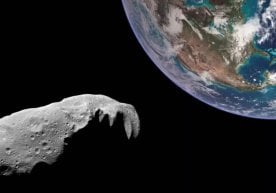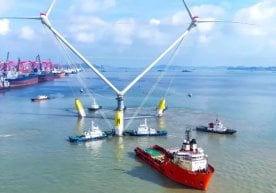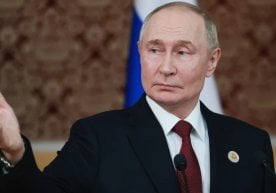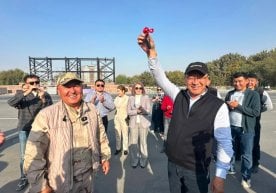
At the end of 1937, the Imperial Japanese Army captured the city of Nanjing and, over six weeks, killed more than 300,000 civilians and Chinese soldiers. This event is remembered as the darkest page in the history of the Second Sino-Japanese War.
Recently, Japanese blogger Hayato Kato, after watching the Chinese film Nanjing Photo Studio, said that the Japanese public should know more about this event. According to him, there are still politicians and public figures in Japan who deny the massacre. His video was viewed by millions, but the topic did not spark wide discussion.
The Nanjing Massacre was not the only horror of the Japanese occupation. Thousands of people also suffered in Korea, Malaysia, the Philippines, and Indonesia.
In recent years, China has strengthened its war memory policy. Under President Xi Jinping, military parades, museums, and films have widely covered the Nanjing Massacre and other occupation events. Some new films even tell the story of human experiments conducted by the Japanese Army’s Unit 731.
Disagreements over historical truth, Japanese politicians’ visits to the Yasukuni Shrine, and China’s view that official apologies are insufficient continue to block the restoration of trust between the two countries. Experts say that the best chance for reconciliation was in the 1970s, but because the topic was left untouched, tensions remain to this day.
Read “Zamin” on Telegram!












